25 Different Types of Sales Every Rep Must Know About

Closing a deal is not a simple one-step process as it may seem for some of you. Selling goods or services to customers in exchange for money takes considerable time, effort, and proper strategy.
Not everyone can be a good seller and add value to the service. Particular skills are required to be a good seller, use sales engagement, and close deals.
The two critical placeholders involved in a sales transaction are a seller and a buyer. There is a deal that the seller and the buyer discuss to close to secure the most suitable solution for either party. The sales types and the necessary needs to close it will vary depending on what kind of deal it is.
As an aspiring salesperson, you must know various types of sales to advance your career. Having said that, here are the different types of sales you must be familiar with.
Various types of sales
Sales encompass a variety of approaches and techniques tailored for suitable situations or customer needs. Below are some of the most common types of sales:
- B2B sales
- B2C sales
- SaaS sales
- Online selling
- Referral sales
- High-pressure sales
- Social selling
- Channel sales
- Direct sales
- Insight selling
- Account-based sales
- Solution selling
- Collaborative selling
- Inbound sales
- Flash sales
- Provocative selling
- Outbound sales
- Consultative sales
- Inside sales
- Outside sales
- Enterprise sales
- Franchise sales
- Transactional sales
- Experiential sales
- Cross-selling & upselling
With that said, let’s look at each of them in detail.
B2B sales
B2B stands for business-to-business sales. It is the sales between companies offering their products or services to other companies. Individual customers are not involved in such sales. There could be an individual buyer or an individual seller, but they are working to close the deal for their company respectively.
Considering the deals are more prominent in these cases, the values and the terms are more complex. There are three different subtypes of B2B sales:
- Supply sales: Businesses can generate revenue by providing goods and services. Such goods and services form part of the need for other companies.
- Distribution sales: The selling to wholesalers, who sell to end users, is called distribution sales.
- Service sales: The sale of intangible or digital services. They are integral to the operation of another enterprise (consultants or software).
B2B sales include a more significant size, economic significance, and complicated sales process with multiple stages. The process is more inclusive and draws in more participants.
The time involved in closing a deal is higher. In the case of B2B sales, one-time purchases are unusual, and the emphasis is on building lasting partnerships. So, having an effective supplier relationship management process plays a key role in maintaining these long-term business connections.
So to simplify the sales process, you need a sales application that will streamline the workflows and make everything more efficient.
Zixflow is one such application that enables you to close more deals and increase B2B sales. It's packed with everything you need from managing your clients’ data to sending personalized messages to boost conversions and generate revenue.
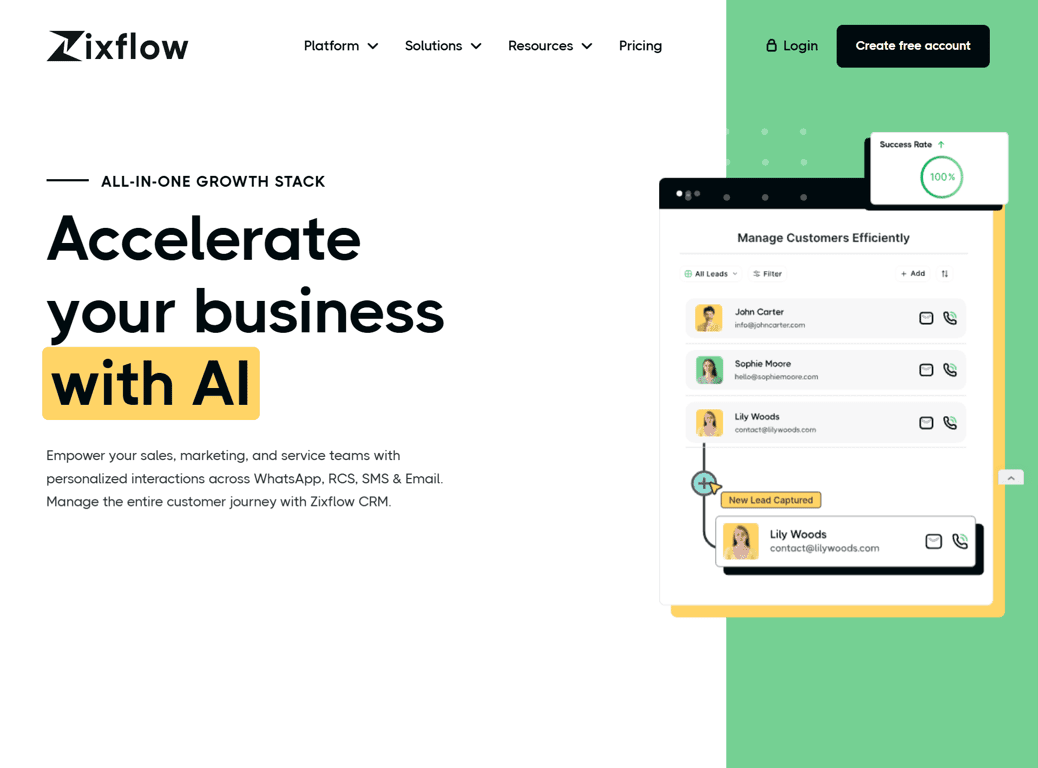
B2C sales
B2C sales is a sales transaction between a company and an individual. It is the acronym for business-to-customer sales types. These deals generally have lower economic value, take less time to close, and have lesser complexity.
There is no reason to believe that B2C sales always refer to direct sales between a manufacturer and a buyer. It could also refer to a sales transaction between a buyer and a distributor.
For example, e-commerce platforms are a B2C type of business. In the case of B2C sales, the transaction is more about the brand and price. It also depends on how well the salesperson can emotionally pitch the product to the customers.
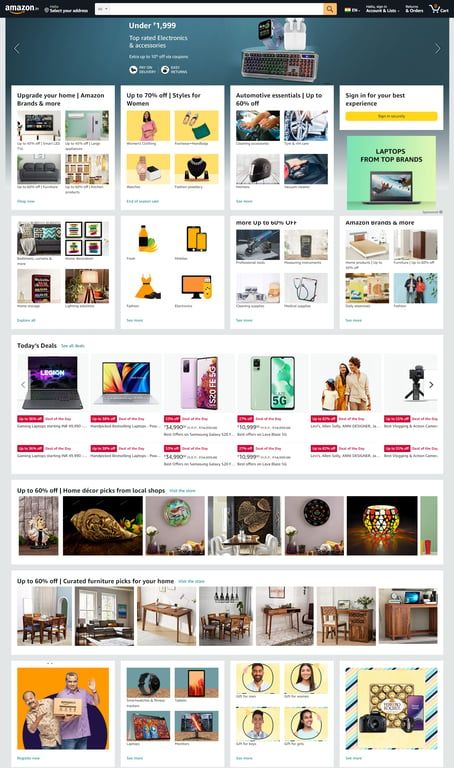
SaaS sales
SaaS is short for Software as a Service. SaaS sales refer to the sale of software hosted by one company to another, mainly in the form of a subscription plan.
With a technological shift from a manual working environment to a more digital setup, SasS sales are becoming increasingly popular. SaaS sales is not a simple job, as the salesperson should clearly understand the software before selling it to the customer.
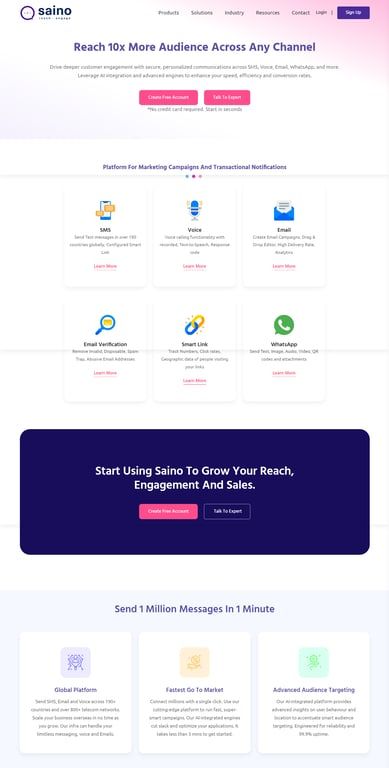
Online selling
Online selling, also known as eCommerce selling, is one of the most familiar forms of selling in the present day. The recent statistical data on B2B sales reveal that 61% of the sales process begins online, while most of the sales process is carried out online for at least two years to impress prospects. For this, the customers use the internet to visit the website of the desired company. The site should have a good design, so the customer feels welcomed.
The online selling platform should also have a design such that it should address all queries of the customers and have the necessary information about products readily accessible.
Nowadays, WhatsApp ecommerce stores are created by brands which allows customers to directly order the products through WhatsApp.
It is a cost-effective way of selling as no mediator is involved. It would help if you focused on positioning your brand to the right WhatsApp group, have a proper sector segmentation, and target the right audience. Here’s an example of Adidas and how it showcases its products using a clean website layout.
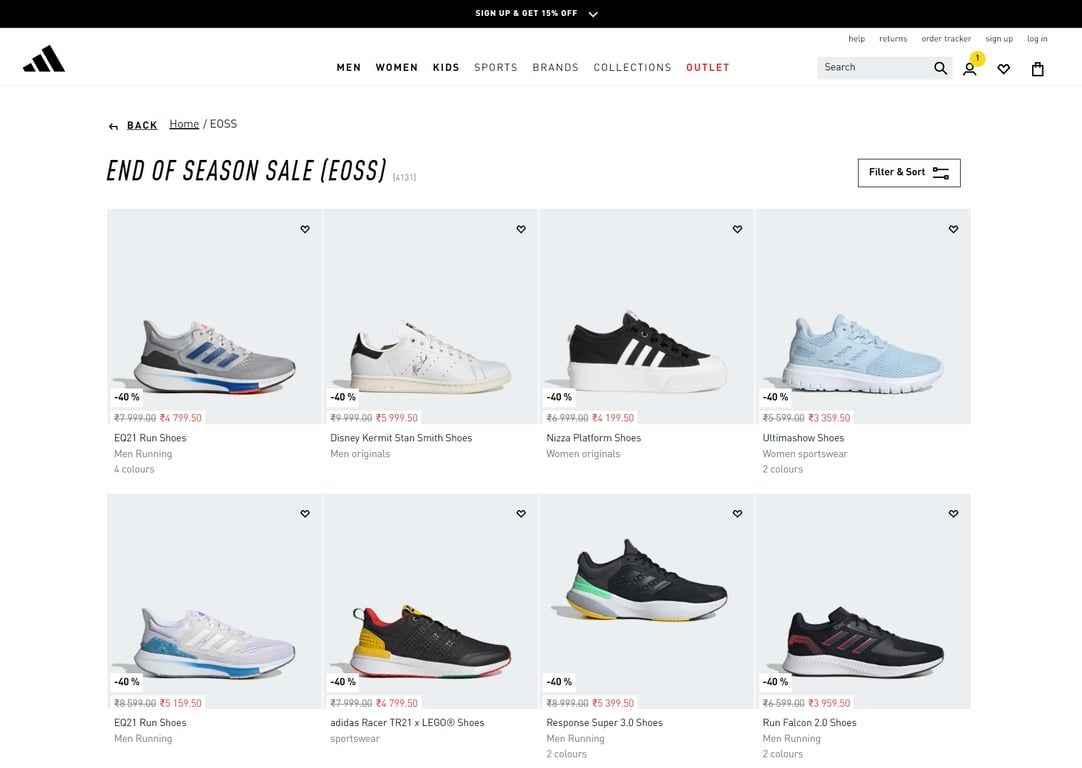
Referral sales
“Sales is not about selling anymore, but about building trust and educating.” — Siva Devaki
Referral sales leverage the power of word-of-mouth marketing by encouraging current customers to refer friends, family members, colleagues, or acquaintances who might benefit from your offerings.
Existing customers become advocates for your brand, sharing their positive experiences and recommendations. Referral programs typically offer incentives, such as discounts, rewards, or exclusive offers, to customers who successfully refer new customers.
This type of sales relies on building strong customer relationships and delivering exceptional value, as satisfied customers are more likely to recommend your product or service to others.
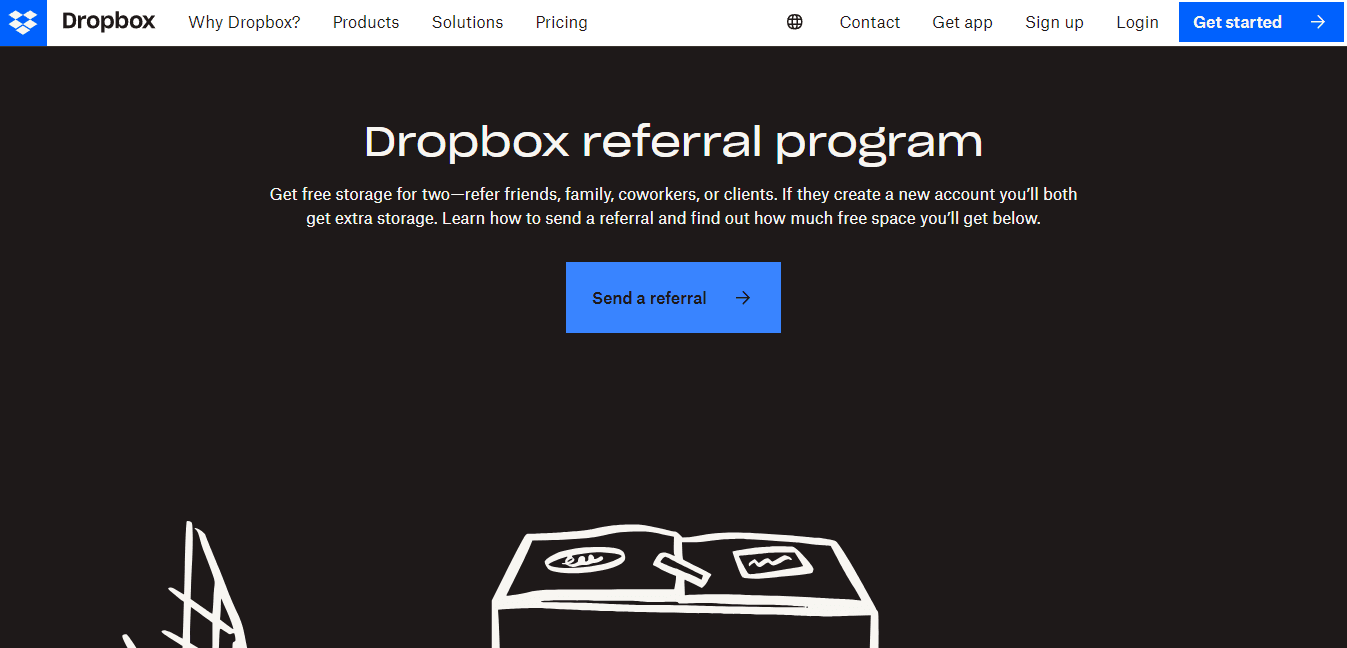
High-Pressure selling
High-pressure selling refers to putting psychological pressure on the customer to close a deal. This is a forced decision-making process which is an unethical practice.
Companies use this process to fill their portfolio and achieve better inventory control. It helps in increasing production capacity and rewards salespersons with incentives. This is a method for getting quick sales but not a sustainable one as buyers will not make a repeat purchase if you offer a bad customer experience.
Social selling
Social selling is a selling technique where you use brand channels and social media avenues to increase your number of sales. Customer interactions are essential in social selling.
In fact, as per LinkedIn’s report, 76% of users have no problem with you reaching out to them to converse. But that doesn’t imply that you have to pitch them your offerings.
Social selling, combined with social media monetization, is a trending sales engagement strategy that is all about creating relationships, social prospecting, and interacting regularly. So, start by building valuable relationships and then think about marketing your products or services.
Coca-Cola offers gist and occasion bottles that you use to commemorate special events in your life. It also provides consumers the option to customize their bottles which they can share on social media platforms.
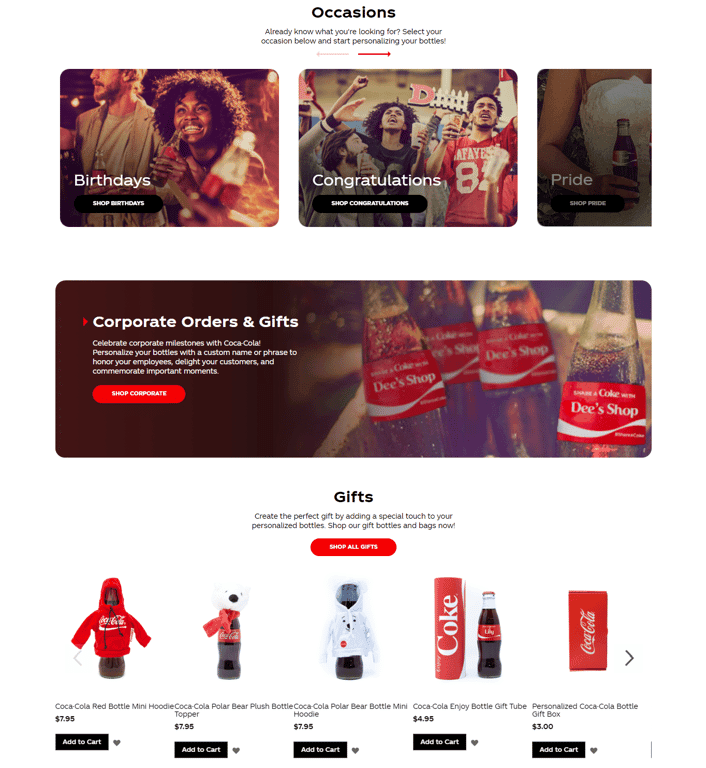
Channel sales
Channel sales involve selling products or services through third-party intermediaries, such as distributors, wholesalers, retailers, or resellers. This approach allows companies to expand their reach by leveraging the existing networks and customer bases of these intermediaries.
Channel partners take on various roles in the sales process. For this reason, you must carefully manage your channel relationships to ensure consistent branding, pricing, and customer experience across different channels.
Effective channel sales strategies require close collaboration, transparent communication, and mutually beneficial partnerships to maximize sales opportunities and market penetration.
Direct sales
Direct sales is one of the most common types of selling where you directly sell your offerings to customers without using retail channels or intermediaries. In this approach, you reach out to potential customers to establish personal relationships, provide product details, and help them move across the sales funnel.
An example of this kind of sale is direct-to-customer sales. Here, companies directly discuss customer requirements and market their products or services. B2C sales is another subsegment of direct sales. The sales pipeline in direct sales can either involve single or multiple transactions.
Jennifer Taylor Home offers top-class furniture crafted by hand. You can buy these furniture pieces by visiting its site and ordering them directly from the source.
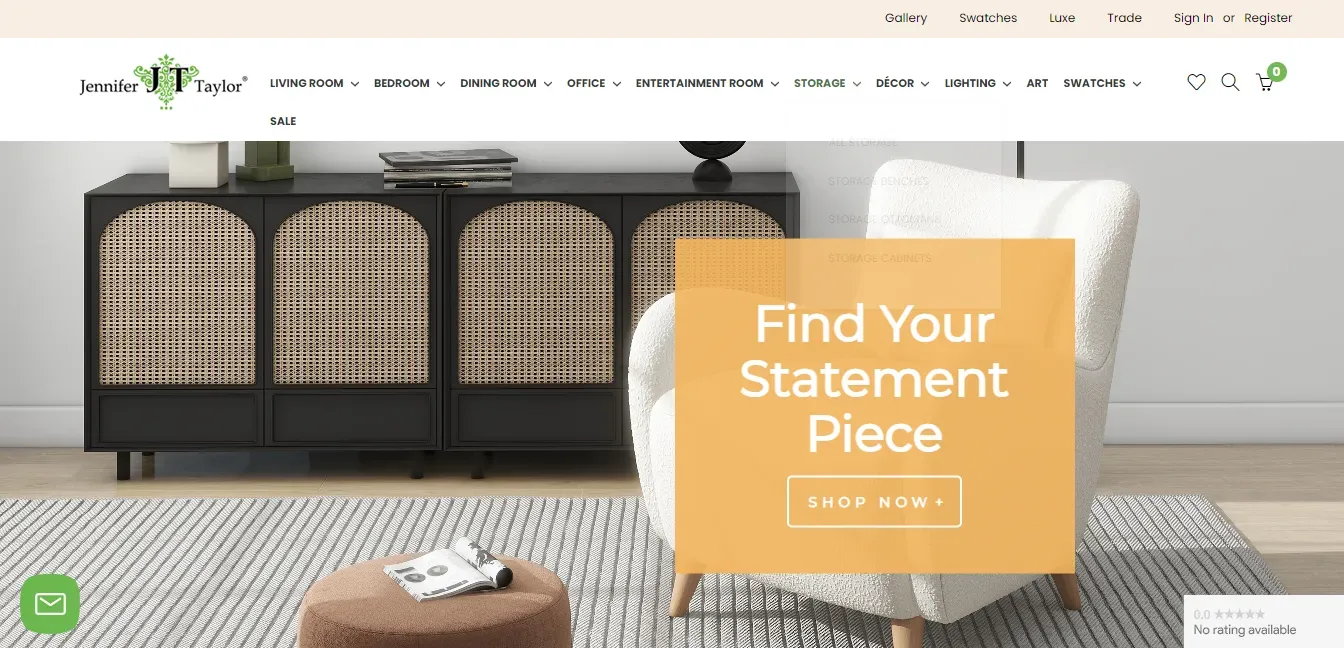
Insight selling
Insight selling refers to the customer-centric approach to selling. Extremely efficient salespersons are involved in this type of sales. Here, they consider buyer behavior to make insightful pitching and audience targeting. There are two kinds of insight selling, which include the following:
- Opportunity insight: A salesperson pitches a specific idea to the buyer. It helps them think that they need the solution.
- Interaction insight: this is a selling type where the seller asks the right sales qualifying questions. It is to understand the customer's needs and provide the best solution accordingly.
Account-based sales
The accounts in account-based sales have nothing to do with finances. Instead, an account is a collection of leads that have similar requirements you can fulfill with your products or service. Businesses go for account-based sales for large accounts with many touchpoints.
Since you have to deal with many leads at the same time, individual salespersons are not involved in handling or closing these deals. Both the marketing and sales teams are in place to identify and engage the key decision-makers in these large enterprise accounts.
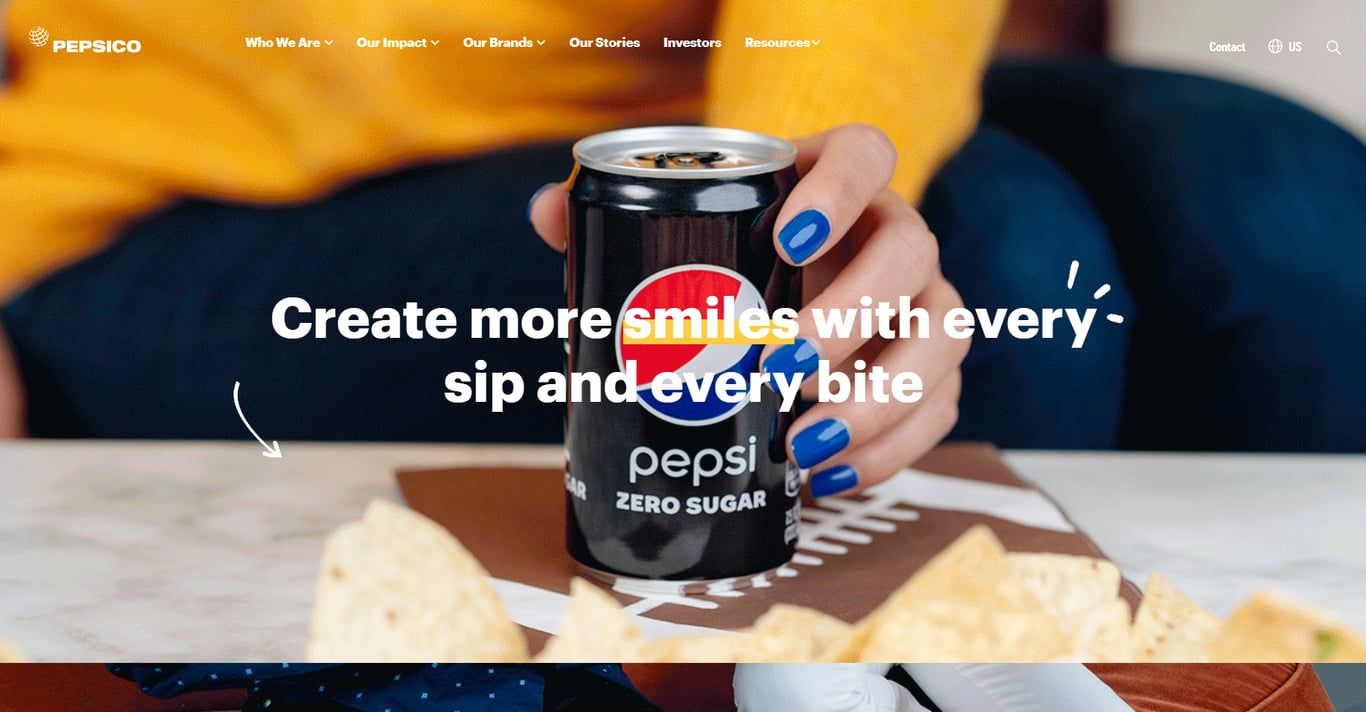
Solution selling
“Don’t find customers for your products, find products for your customers.” — Seth Godin
As the name suggests, solution selling showcases your products or services in the form of solutions to your customers’ problems. It emphasizes less on your product’s features and more on how to make your clients’ lives easier.
To successfully utilize solution selling, your sales team should have a good convincing ability and act as an advisor to direct customers through the decision-making process. This can be done by pitching different use-case scenarios to the customers, mentioning how it could help them as it helped your past customers.
Building personal connections based on trust and rapport with customers is an essential sales strategy for solution selling.
Collaborative selling
Collaborative selling or partnership selling involves close collaboration between you and your partner to provide the best solutions to your customer and help each other achieve your sales goals.
Collaborative selling can help you scale and quicken the sales cycle. It can also help you understand the prospects of business growth clearly.
Collaborative sales aim to replace one-off deals with long-term partnerships. They function more like strategic alliances. The customer-facing teams must share the same information, objectives, and analysis. They should work as one unit so that the company can consistently provide value to the customers.

Inbound sales
Inbound sales is a buyer-centric sales engagement approach that focuses on responding to and engaging with potential customers who have already shown interest in your product or service.
This interest could be demonstrated through inquiries, website visits, or engagement with marketing materials. Inbound sales representatives aim to understand the needs and preferences of these potential customers, providing them with relevant information to help them make the right decision.
By offering value and assistance, you aim to convert interested prospects into satisfied customers, fostering long-term loyalty and retention. For instance, a blog page is the best way to encourage your visitors to take the desired action as they are already aware of your company.
You can ask them to sign up for your email newsletter or try out your product for free by placing these options at a convenient location on your blog page.
Flash sales
This type of selling focuses on short-term sales strategies to close deals quickly rather than building long-term relationships. Transactional selling is a component of B2C trades but it can be used in B2B sales at times as well.
The buyers usually know what they want and they want it quickly. Your role is to provide necessary product information effectively. A perfect example of transactional selling is limited-time offers or discount deals that encourage quick actions.
Provocative selling
With the help of market research on customers' needs and pain points, you can pitch the most relevant solutions. This is similar to consultative selling, which focuses on providing the right solutions. This is something the customer is not adequately aware of.
That’s why there is quite a bit of persuasion involved in this type of sale, hence the name. This sale can provoke the buyer to take the desired steps and go for the product or service to solve an underlying issue.
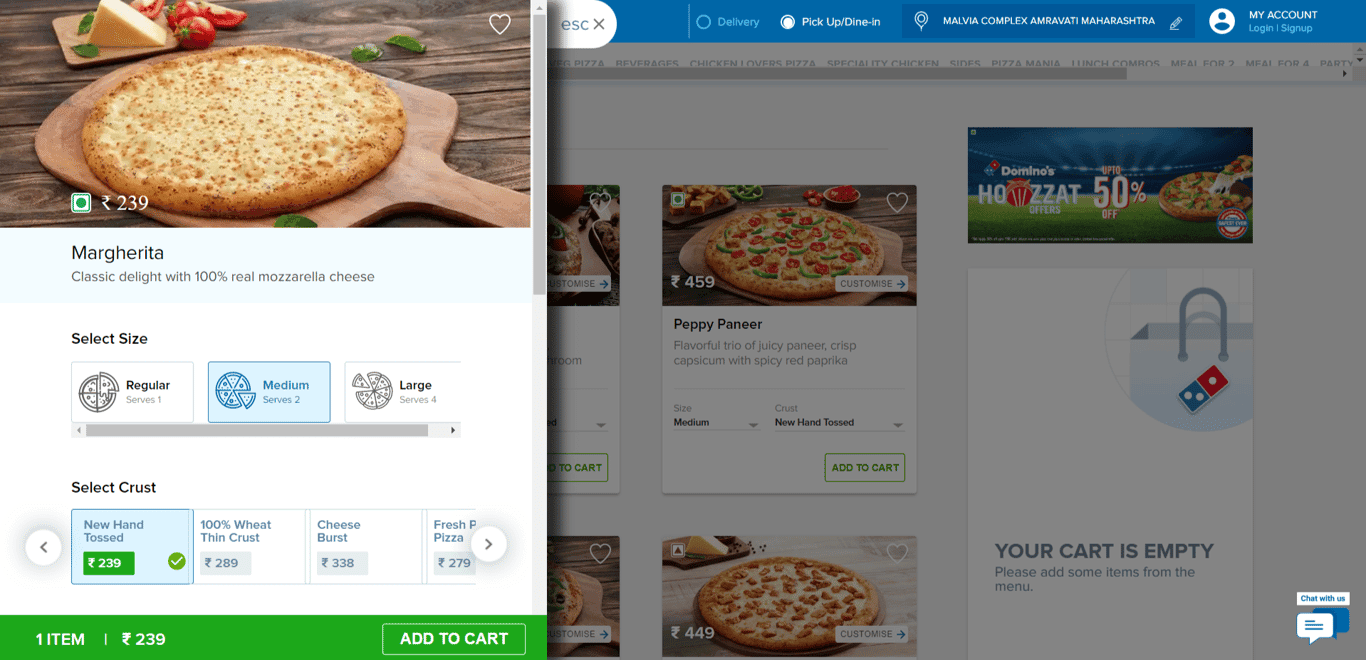
Outbound sales
Outbound sales, on the other hand, involves proactively reaching out to potential customers who may not have expressed initial interest. This sales approach requires sales representatives to initiate contact through methods like outbound calls, email campaigns, or targeted advertisements.
Outbound sales strategies often require more persuasion and convincing, as the recipients might not be actively seeking the product or service being offered. Tools play a big role in outbound sales, with solutions like Zixflow, you can automate communication and workflows, aiding you in managing your outreach efforts efficiently.
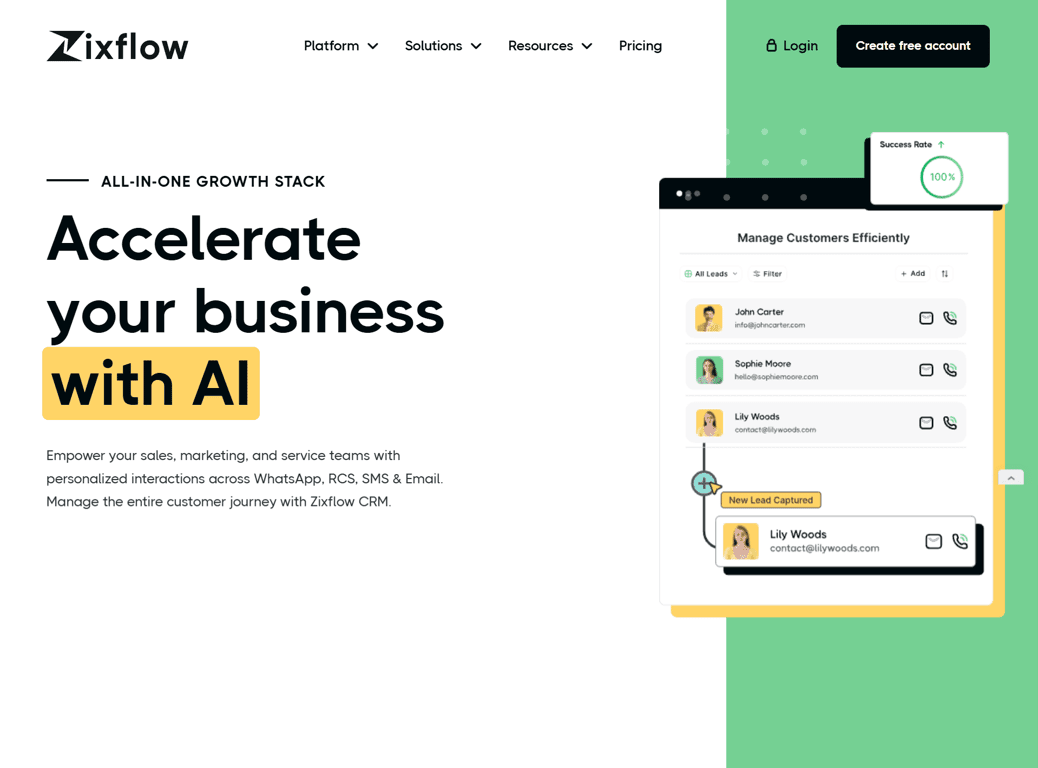
Consultative sales
Consultants are mostly experts in certain fields. They are subject matter experts having a good amount of knowledge in a specific sector. These may include education, accountancy, human resources, sales management, marketing, and engineering.
These consultants can help in consultative selling through presentations and reporting. Consultative selling is popular among top management of companies.
Consultants fit into two categories — a consultant who works within the company and one who works externally. A consultant within the company advises other divisions on matters about his expertise. The term "external consultant" refers to the temporary individual brought in.
You can adopt a consultative approach to selling by drawing on various sources. These include buyer interviews, market research, and user feedback. The information gained is then used to create a story using your sales storytelling skills. Such simplifications help your customer better understand your offerings.
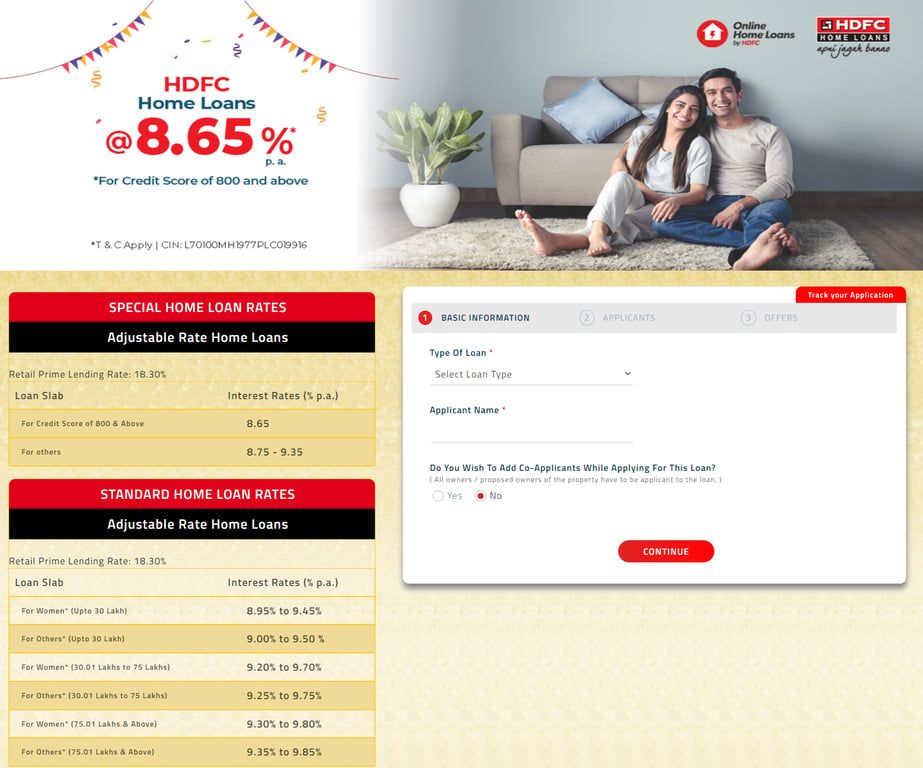
Inside sales
Inside sales occur when a sales staff interacts with a prospective client or existing customer remotely, often using digital communication channels, such as phone calls, email, video conferencing, and online chat.
Inside sales reps conduct their sales efforts from within a company’s office or a remote location. The organizations that follow inside sales are more streamlined. This sales approach has gained prominence with modern technology and the ability to connect with customers virtually.
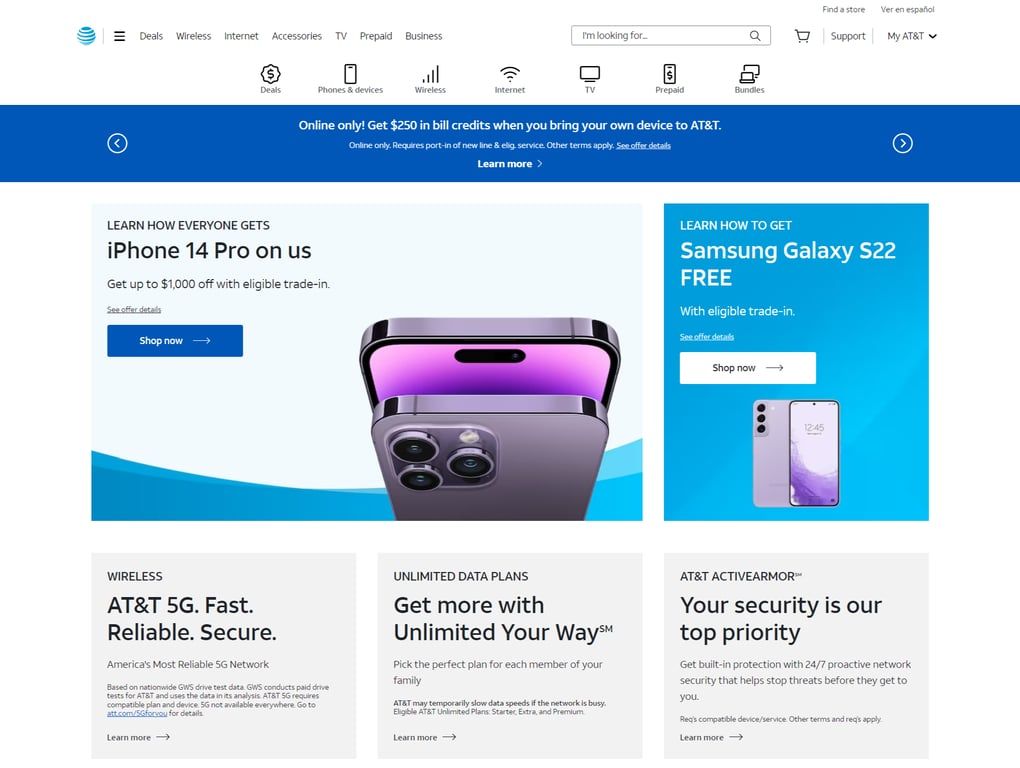
Outside sales
Outside sales refer to a type of sales that is not restricted to office space. Outside sales personnel travel to meet with prospects in their environments. Such a sale type is often called field sales.
Outside salespeople often deal with fewer clients. The deals they manage are more complex and need a strategy. This places a premium on their relationships with those clients.
Besides, certain portions of outside sales can get handled from afar because of technological advances. Still, salespeople in this role must prepare to reach the client on short notice.
Outside sales impact total revenue less, but we cannot underestimate their importance. There is a higher demand for personal interaction for more significant transactions. A successful outside salesperson has to be self-driven and goal-oriented. They should be able to read expressions and body language.
Enterprise sales
Enterprise sales are all about offering your products and services to other enterprises. These kinds of sales often involve six or seven-figure contracts that are executed over a long period of time.
Since the stakes are extremely high compared to an online sale, enterprise deals require navigating complex decision-making structures, where multiple stakeholders, managers, and executives are involved. They must be convinced before a deal is closed successfully, and a complete timeline must be prepared of how the order would be fulfilled beforehand.
These kinds of sales cycles usually stretch over months, sometimes years, and require a consultative approach that demonstrates not just your product’s features but also its strategic value to your potential clients.
A great example of this kind of sale is a software solution like Zixflow, selling its Business Suite to a global brand like Tata Consumer. The sales process consists of showcasing a detailed ROI modelling and demonstrating how the platform can help them solve their current communication challenges. Having this dialog, along with the proof of concept that the solution is scalable with their business.
Franchise sales
Not a traditional sales type, franchise sales involve selling the rights of your business to an individual or an enterprise, where they operate under your brand’s business model and flagship name. In this kind of sale, instead of selling a product, you are selling an opportunity and a proven system with brand recognition.
It is a kind that requires a deep understanding of both the business and the prospective buyer. As a sales rep, it is your job to clearly articulate the value of joining a franchise network. For example, these values can include reduced startup risk, training your internal teams, and getting marketing assistance to promote your offerings.
At the same time, you must qualify leads carefully to ensure the potential franchisee has the financial stability and motivation to succeed in your business. Unlike product sales, franchise sales are all about selling long-term commitment that can span years, if not decades.
Transactional sales
Transactional sales, as the name suggests, are quick and straightforward sales that are usually low in complexity. It typically revolves around low-ticket items or impulse buys where customers decide without much deliberation. Some common examples of transactional sales include retail purchases, fast food, and consumer electronics accessories.
In transactional selling, the emphasis is mostly on the speed and convenience of the purchase rather than building deep relationships. You prioritize using marketing techniques like discounts or sales psychology tactics to drive conversions. Since margins may be lower compared to enterprise sales, this model often relies on achieving high sales volumes.
Experiential sales
If you are a business that offers some kind of tools or interactive products, then experiential sales are the way to go. In this kind of sales, you engage customers through hands-on trials and immersive demos to let potential buyers know what they are purchasing.
For example, if you are an automotive dealership, then offering test drives to interested prospects is one of the ways to help them find the right vehicle and convince them to make a decision. By combining physical experience with technical insights using WhatsApp for automotives, you can turn these test drives into conversion engines.
Cross-selling & upselling
Cross-selling and upselling are sales techniques that allow you to maximize customer lifetime value. Cross-selling involves recommending complementary products, like selling a phone case with a smartphone, while upselling encourages customers to purchase a higher-tier or premium version of the product (e.g., upgrading from a basic to a pro subscription).
These sales types rely heavily on knowing your customers and having a solid relationship with them. A rep must understand customers' needs to make highly tailored recommendations that feel natural instead of pushy.
If done right, cross-selling and upselling have the potential to enhance your customer experience by providing more while also boosting revenue. Brands like Amazon have mastered this approach by recommending “frequently bought together” products to increase the likelihood of selling more products effectively.
Ready to tackle every customer using the right type of sales?
As a salesperson, if you do not understand the different types of sales and when to use one, you might lower your sales performance and be unable to meet your quota. This is one of the critical factors and basics of sales.
The knowledge about the different types of sales will help you understand how to pitch yourself in the case of different sales scenarios. Upskilling for a specific sales role becomes more manageable if you understand what types of sales you are signing up for.
With evolving market trends, there is an urgent need for salespeople to stay ahead of their game and understand the processes thoroughly. And if you’re looking for a sales solution that can handle every aspect of the sales process, then you can pick Zixflow.
Get started today for free and enjoy lifelong access to a state-of-the-art salesOS.
